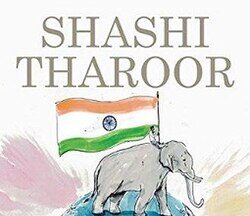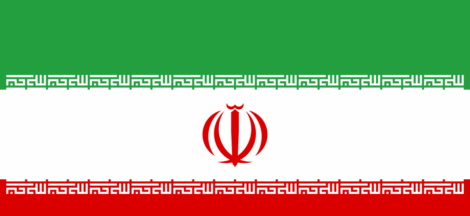The Supreme Court has upheld the inclusion of Urdu on the signboard of the Patur Municipal Council in Maharashtra’s Akola district, emphasising that language is a facet of culture and should not be a source of division. The court described Urdu as “the finest specimen of Ganga-Jamuni tehzeeb,” highlighting its role in the composite cultural ethos of northern and central India.
A bench comprising Justices Sudhanshu Dhulia and K Vinod Chandran dismissed a petition by former councillor Varshatai Sanjay Bagade, who challenged the use of Urdu on the municipal signboard. Bagade contended that the Maharashtra Local Authorities Act, 2022, mandated exclusive use of Marathi. The court, however, clarified that while Marathi is the official language, the Act does not prohibit the use of additional languages.
Justice Dhulia, writing for the bench, stated that language is not synonymous with religion and should not be perceived as such. He noted that Urdu, like Marathi and Hindi, is an Indo-Aryan language that originated in India. The judgment underscored that language belongs to a community and region, not to a religion, and serves as a medium for communication and cultural expression.
The court highlighted that Urdu has been used on the Patur Municipal Council’s signboard since 1956, reflecting the linguistic composition of the area. It emphasized that the use of Urdu alongside Marathi facilitates effective communication with the local populace and aligns with the principles of inclusive governance.
Addressing misconceptions about Urdu’s origins, the court pointed out that the language developed and flourished in India, emerging as a means for people from diverse cultural backgrounds to communicate. It also noted that Urdu continues to influence daily speech across the country, with many Urdu words integrated into common parlance, including legal terminology.




 Delhi Lifts Budgetary Spending Cap, Reinstates 2019 Financial Protocol
Delhi Lifts Budgetary Spending Cap, Reinstates 2019 Financial Protocol 